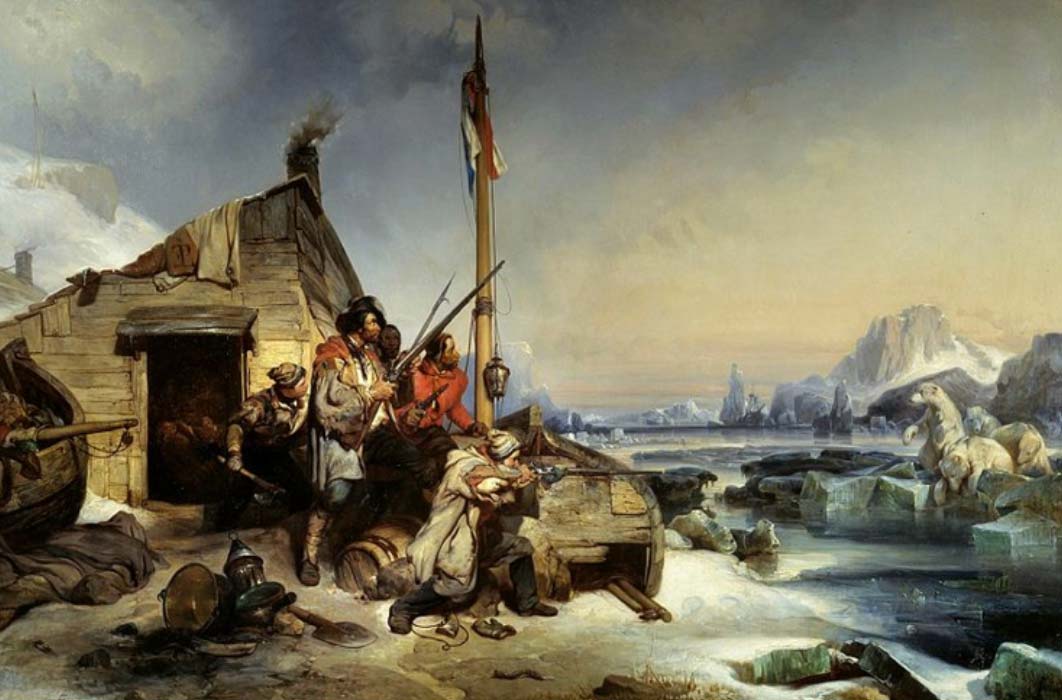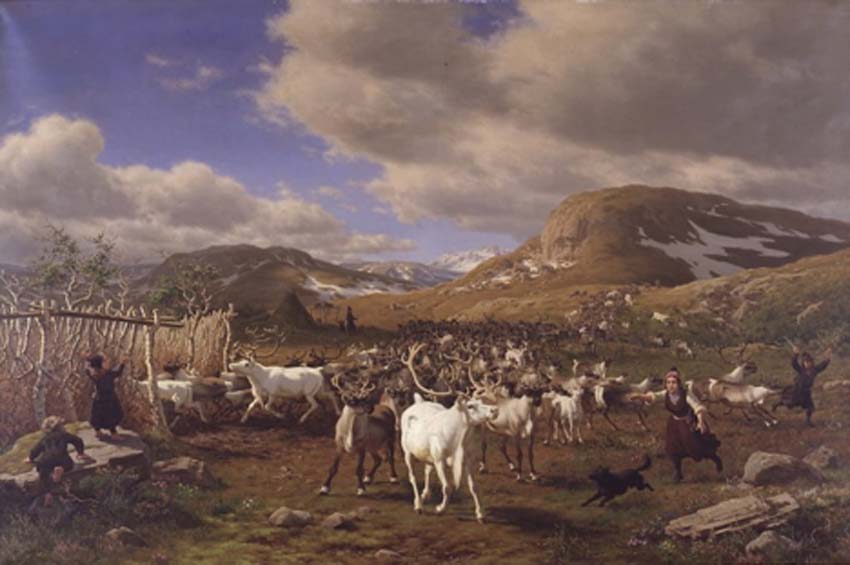
Ancient Cult of the Brave Bear, Feared and Revered
All across the far northern hemisphere bear folklore is widespread, and as far back as the Paleolithic period around 50,000 years ago archaeologists have discovered evidence of bear cults where the great beast was the lord of the animals, a semi-divine god and ancestor of humans, until the 10th century when hunting and habitat loss drove them to extinction.

Cave bear fossil (Ursus spelaeus), a relative of the brown bear and polar bear from the Pleistocene epoch in Europe. (Public Domain)
The earliest bears to roam the planet inhabited what is today North America and these creatures were small raccoon-like creatures and members of Ursidae between the Eocene and early middle Miocene periods, 38 to 18 million years ago, and the Allocyon which existed in the early Oligocene period, between 34 and 30 million years ago. Controversially, evidence of Paleolithic cave bear (Ursus spelaeus) cults among Neandertals in Western Eurasia in the Middle Paleolithic period was investigated by archaeologist André Leroi-Gourhan who discovered bear skulls, “arranged in a perfect circle in Saône-et-Loire” and this was attributed to Neanderthals performing “some sort of ceremony,” but his critics claim the apparent geometry was created by environmental conditions like swirling winds. Either way, the bears skulls had been brought together and collected.
Sacred Spirit of the Slain Bear
An ancient bear ritual performed by ancient Sami cultures, which today encompasses large areas of northern Norway and Sweden, parts of Finland, and the Murmansk Oblast of Russia, maintains that the bear communicates with the lord of the mountains and with the sky. In his paper The Significance of the Bear Ritual Among the Sami and Other Northern Cultures, Brandon Bledsoe, from the University of Texas says: “Of all the animals that inhabit the northern climates none has been subject to greater reverence than the bear. Indigenous societies of North America and Northern Eurasia share a seemingly uniform belief that this elusive creature is endowed with supernatural qualities.”

Sámi by the fire by Aleksander Lauréus (1818) Finnish National Gallery. (Public Domain)
The Sami call the bear ìsaivoî (sacred) and their ceremonies venerating slain bears were shared by other distant indigenous cultures. Several anthropologists and archaeologists have assembled correspondences and offer reasoning for the Sami, the Tungus, the ancient Finns, the Gilyaks, the Ainu of Japan and Native North American cultures, all sharing common ancestral beliefs in bears. According to Dr. Ivar Lissner in his 1961 book Man, God and Magic, dating back 20,000 years to the Magdalenian period: “In each culture the bear is recognized, on some level, as the archetypal messenger to the supernatural world” and that the “special role of the bear in the aboriginal metaphysical system is not due to contact between these societies, nor is it the result of a common ancestral belief system.”

Traditional Sami herders “En rensdyrhjord drives til malkepladsen. Motivet fra højfjeldene nord for Røros”, by Carl Bøgh (1875). (Public Domain).





